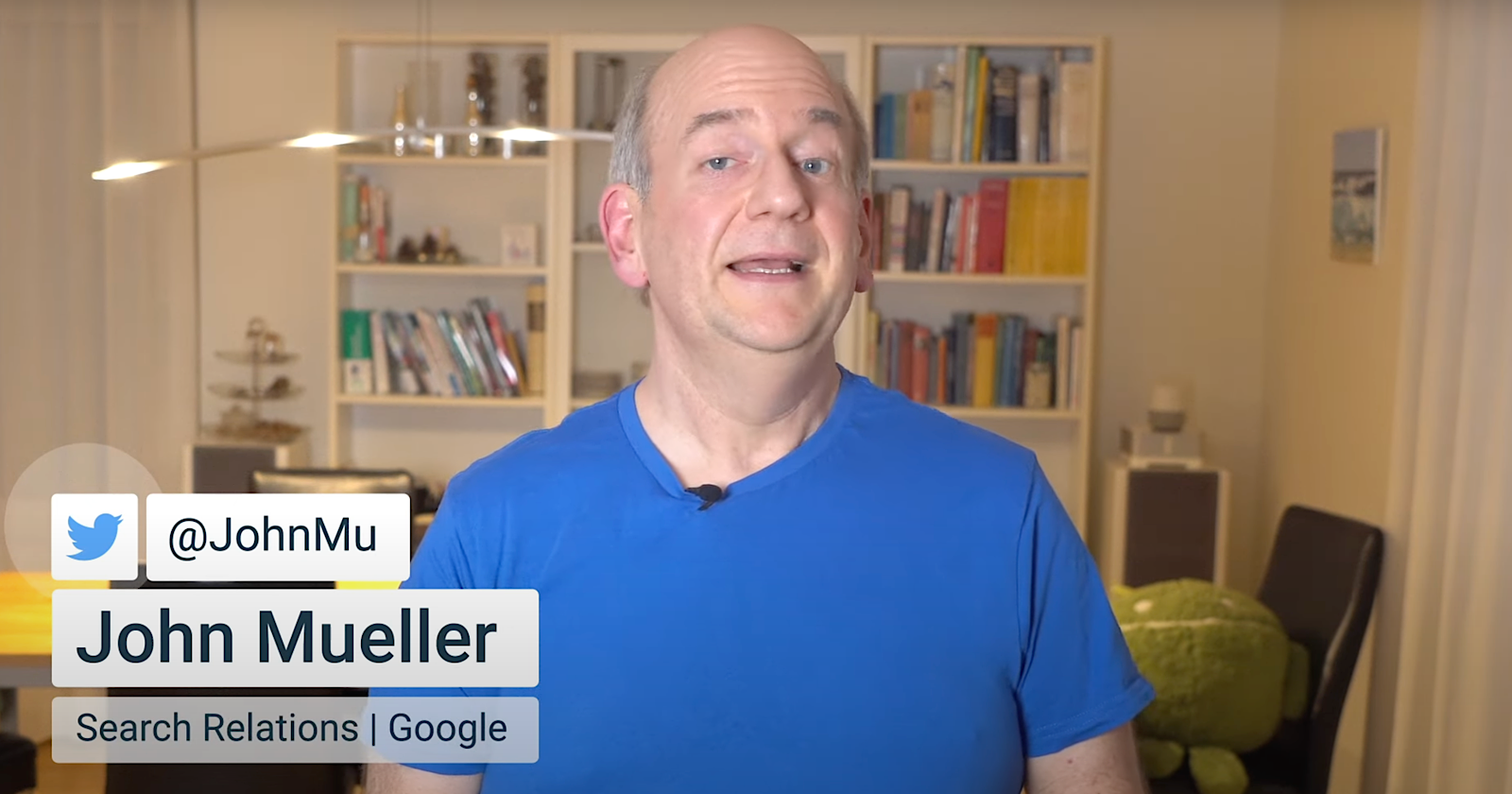
Artikel
17
januari
Google’s Tips For Moving To A New Website Without SEO Issues
On a recent episode of Ask Googlebot, Google Search Advocate John Mueller discussed a concern many small business owners have.
Businesses often work on launching a new website while still running their old site. Mueller was asked if owners must delete the old site when the new one goes live.
Here’s what he advises.
Navigating The Transition From Old To New Websites
Mueller stressed the need to remove or update the outdated website since leaving contradictory information online could confuse users and harm SEO.
Having inconsistent details like changed business hours or addresses on both sites might frustrate customers and make it harder for search engines to correctly index and rank pages.
To provide the best user experience and SEO performance, it’s crucial to ensure the old site is no longer publicly visible or is updated to match the current information.
Best Practices For A Smooth Transition
The solution, Mueller suggests, is to implement redirects from the old site to the new one.
“Ideally, you’d redirect the old website to the new one,” Mueller stated. This not only aids users in finding the correct website but also helps search engines transfer any existing signals to the new domain, potentially boosting its standing.
Mueller recommends getting help from a web developer or hosting provider to implement the redirects properly. He suggests leaving the redirects in place for at least one year to guarantee a smooth changeover for users and search engines.
Understanding The Role Of Redirects
Redirects are essential when transitioning from one website domain to a new domain. They help in a couple of key ways.
First, redirects make sure users who try to visit the old website domain get automatically forwarded to the new domain.
Second, redirects pass on the value of links pointing to the old domain over to the new domain.
This link equity transfer is vital so the new website retains its search engine ranking. Changing domains could hurt the user experience and SEO without redirects.
How To Implement Redirects
When moving a website, one of the most common and recommended types of redirects is a 301 permanent redirect. This passes link equity or ranking power from old pages to new pages.
To set up these redirects, you must first map out which old URLs should point to which new ones. Then, depending on your web server, you edit either the .htaccess file (for Apache) or server config files (for NGINX) to create the redirects.
Many content management systems like WordPress also have plugins that can help automatically create these redirects when migrating a site.
When Redirects Aren’t An Option
Mueller suggested a few options for handling old websites when redirects to a new domain aren’t possible.
First, update the old site with a notice alerting visitors that the content has moved to a new domain. If that can’t be done, take down the old site completely.
He assured that if neither of those options worked, the new site wouldn’t be penalized by search engines for the outdated content on the old domain. However, he warned that the old and new websites could still appear in searches for a while, which may need to be clarified for users who find the old content.
After The Transition
After making the transition, you’ll want to keep a close watch to make sure everything goes smoothly:
- Use analytics software to check that redirects function correctly and traffic is sent to the right places.
- Keep monitoring your search engine rankings to catch any unexpected dips that might mean the transition has a problem.
- Let users know about the change through emails, social media, website announcements, etc, so they are informed and not caught unaware by the transition.
In Summary
Moving to a new website is a major change for any company. Handling the shift carefully is vital to maintaining your search engine rankings and giving users a continuous experience.
Mueller’s guidance and the extra background provided in this article should assist in making the transition from an old site to a new one go smoothly.
Featured Image: Screenshot from YouTube.com/GoogleSearchCentral, January 2024
What's your reaction ?
Follow us on Social Media
Some Categories
Recent posts

July 27, 2024
Nieuwe kabinetsvisie: samen sterker tegen cyberdreigingen

July 24, 2024
Navigating AI Implementation: Try these strategies to overcome resistance.

July 24, 2024
Sick Leave Policy Netherlands Guidance for HR and Entrepreneur.

July 24, 2024
CSRD Reporting: Mandatory Reporting on Corporate Sustainability.

July 24, 2024
Training Budget: Investing in Employee Development.

 Inloggen
Inloggen
 Registreren
Registreren






Comments (0)
No reviews found
Add Comment